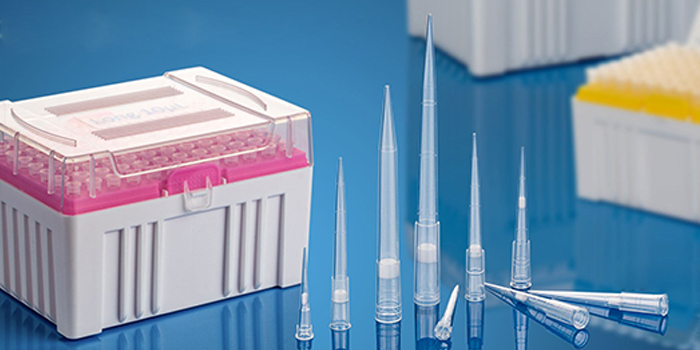In the procurement of laboratory equipment and supplies, the most difficult to procure are various consumables with scattered and small demands. These consumables, although not as valuable as precision instruments, play an indispensable role in laboratory operation. So how should the laboratory conduct acceptance and quality inspection on purchased consumables?

01 Inspection and receipt of consumables
1) Outer packaging inspection: The packaging should be intact and free of dirt, clearly labeled - manufacturer name, product name, approval number, production date, expiration date, etc;
2) Inner packaging inspection: whether there is any damage or leakage in the inner packaging, whether the contents are complete, and whether there are corresponding user manuals;
3) The above inspection is completed upon arrival and recorded: classified and stored in the reagent reserve area 02. Quality inspection procedure takes the detection of centrifuge tubes as an example
1) Detecting centrifuge tubes
Visual inspection: Check for any abnormalities, damages, or inability to close the centrifuge tube.
Experimental testing: After visual inspection, the centrifuge tubes can basically pass the preliminary acceptance. If there are even frequent occurrences of explosions, leaks, etc. after visual inspection is found to be unqualified or qualified, the experimental personnel shall conduct experimental testing.
This batch of 30 randomly sampled centrifuge tubes is used for experimental testing. After adding half of the visually qualified centrifuge tubes to half the amount of physiological saline, centrifuge at 10000 rpm for 20 minutes. If any tube cap explosion or leakage is found, it is considered that the batch of centrifuge tubes does not meet the experimental requirements of this laboratory. After preliminary acceptance, one centrifuge tube is taken before the batch of centrifuge tubes is put into use, and an additional 50 is added μ Distilled water is used together with the specimen to test for contamination of amplification products in this batch of centrifuge tubes. Ten centrifuge tubes are placed in a clean beaker filled with distilled water and soaked for 30 minutes to test for oil ester contamination in this batch of centrifuge tubes. If no unqualified conditions are found in the above tests, the batch of centrifuge tubes can be used. During the experiment, to prevent the centrifugal tube from bursting due to heating, a plate was added to the heating module.
2) Detecting the suction head
Check if the suction head is deformed or damaged
30 suction heads were randomly selected from this batch for experimental testing. The addition of 0.1-0.2% glycerol with ink was added to the filter element, and if there was any, it was found that the filter element was leaking air. The appropriate amount of liquid was taken by the adapted sampler, and the suction holes were blocked or leaked. After excluding the factors of the pipette, if any abnormalities were found, it was considered that the batch of suction heads did not meet the experimental requirements of this laboratory. After the above tests did not find any unqualified situations, the batch of consumables can be used.
There is a strict set of operating procedures for the acceptance and quality inspection of consumables, and attention should be paid to details. When using or distributing consumables, it is important to observe whether their appearance meets the requirements. For consumables that do not meet the requirements, they must be reported or returned to the factory in a timely manner.